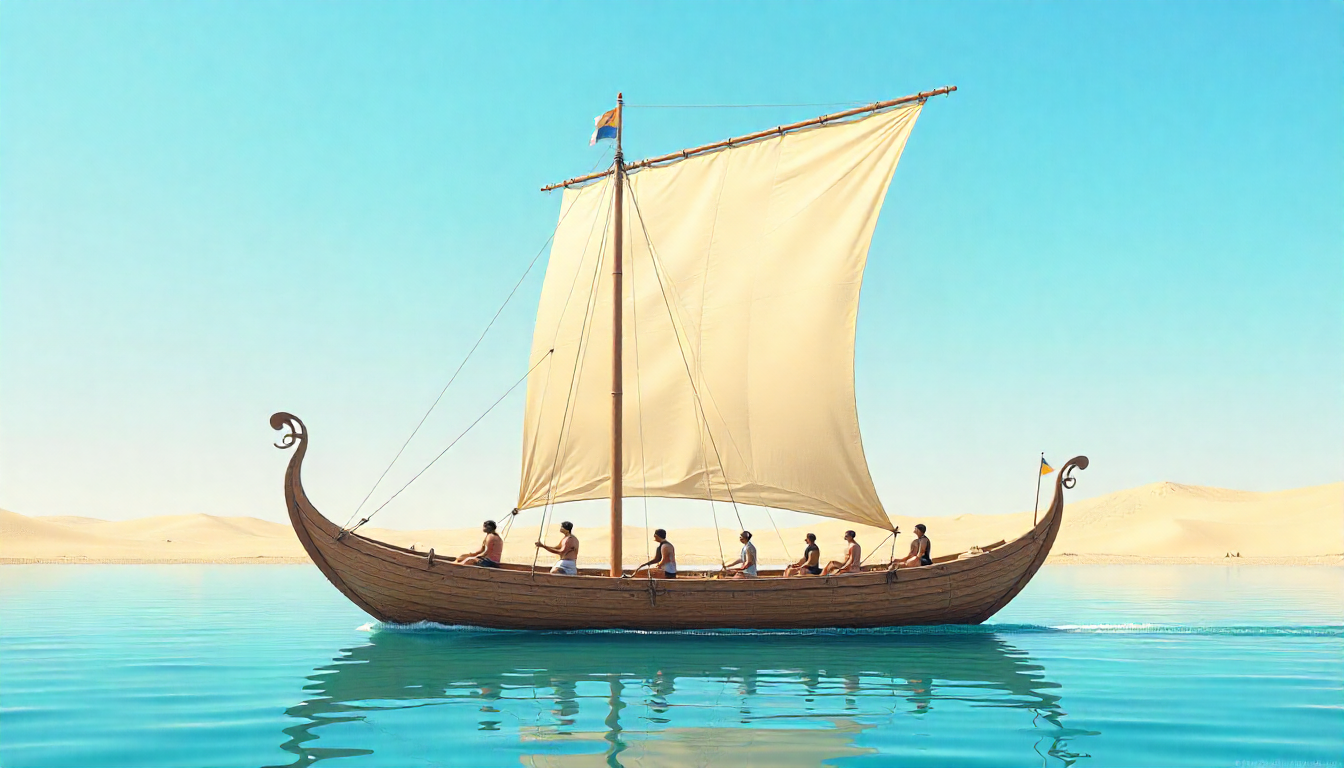The question of who invented the steamboat is not a simple matter of pointing to a single name. Instead, it is a complex narrative of incremental innovation, engineering rivalry, and transatlantic collaboration that spans several decades and involves numerous brilliant minds. The steamboat, a vessel propelled by a steam engine turning a paddlewheel, was one of the most transformative inventions in maritime history, effectively shrinking distances and revolutionizing commerce and travel. However, while many contributed to the underlying technology, the credit for the first commercially successful operation that truly launched the steam era belongs to the American engineer, Robert Fulton.
The journey to the working steamboat began long before Fulton. The idea of using steam power to propel a ship had been explored by inventors in Europe and America throughout the 18th century. These early attempts often faced insurmountable technical challenges, primarily the weight and inefficiency of the early steam engines, which consumed vast amounts of fuel and lacked the power to provide reliable, sustained motion against strong currents. The successful steamboat required not just an engine, but a ship engineered to carry it and a business model to make it profitable.
The Early Pioneers and the Steamboat’s Development
Before Robert Fulton, several pioneers made crucial breakthroughs. One of the earliest credible attempts was made by the French nobleman, the Marquis de Jouffroy d’Abbans, who launched the Pyroscaphe in 1783. Although successful in propelling itself with a steam engine, the boat was not commercially viable. Across the Atlantic, American inventors were also engaged in the quest to solve the propulsion puzzle.
John Fitch, a clockmaker and inventor, is often credited with building and operating the first functional American steamboat. In 1787, his vessel successfully navigated the Delaware River and carried passengers. Fitch’s vision was decades ahead of his time, and he even received a patent for his design. However, like his European counterparts, Fitch struggled to secure the financial backing and public acceptance necessary to sustain a profitable operation. His boats were too slow and costly to compete with traditional river barges and ferries, and he died disappointed, having correctly predicted the future of steam navigation. Another influential early figure was James Rumsey, who developed a jet-propulsion steamboat—a remarkable concept for the era—but also failed to achieve long-term commercial success.
The crucial elements were still missing: a reliable, lightweight engine and the organizational skill to market and operate a commercial line. The steamboat as a concept was invented by several people; the steamboat as a viable industry was invented by one: Robert Fulton.
Robert Fulton and the Birth of a New Era
Robert Fulton was a Renaissance man—a painter, an inventor, and an engineer. He studied art in London and Paris but found his true passion in engineering and canal systems. His pivotal moment came through his collaboration with the American statesman and financier, Robert R. Livingston. Livingston had secured an exclusive right to operate steam-powered vessels on the waters of New York State, but lacked the technological know-how. Fulton, having worked on several marine engineering projects in Europe, including a submarine named the Nautilus, brought the necessary design genius.
The key to their success was the use of a reliable, high-efficiency steam engine imported from the firm of Boulton and Watt in England. These were the best steam engines in the world at the time, refined by James Watt. Fulton designed the hull and the paddlewheel system to work in harmony with the engine’s output. In 1807, their vessel, initially called the North River Steamboat but later famously known as the Clermont, made its inaugural journey. This groundbreaking trip covered the 150 miles from New York City to Albany on the Hudson River, a voyage that took just 32 hours.
Stránka Clermont‘s success was not just a technical triumph; it was a commercial one. Robert Fulton proved that steam navigation was reliable, fast, and profitable. His continuous service between New York and Albany demonstrated the viability of the steamboat for passenger and cargo transport, effectively ending the debate over who invented the steamboat that truly mattered. This was the moment the steam era officially began in America, transforming river transport and laying the groundwork for the westward expansion of the United States.
The Legacy of the Steamboat
The success of Robert Fulton’s steamboat quickly led to a boom in steam navigation across American rivers, particularly the Mississippi and Ohio Rivers. Within a few years, these waterways were filled with paddle steamers, moving goods and people faster and more predictably than ever before. This rapid diffusion of the technology is the true measure of Fulton’s impact. He took the experimental concepts of previous inventors and forged them into a working, profitable system.
While the definitive answer to who invented the steamboat acknowledges the contributions of pioneers like Fitch, Rumsey, and de Jouffroy d’Abbans, it is Robert Fulton who rightly holds the title for inventing the first commercially successful steamboat. His ingenuity, combined with shrewd business acumen and access to the best available technology, moved the steamship from a theoretical curiosity to a transport necessity. His work irrevocably changed the global maritime landscape, making him a central figure in the history of naval engineering and the steamboat. The legacy of the steam engine on the water can still be seen in historical reproductions and tourist attractions today, reminding us of the pivotal moment when steam conquered the waterways.

 Who Invented the Steamboat">
Who Invented the Steamboat">
